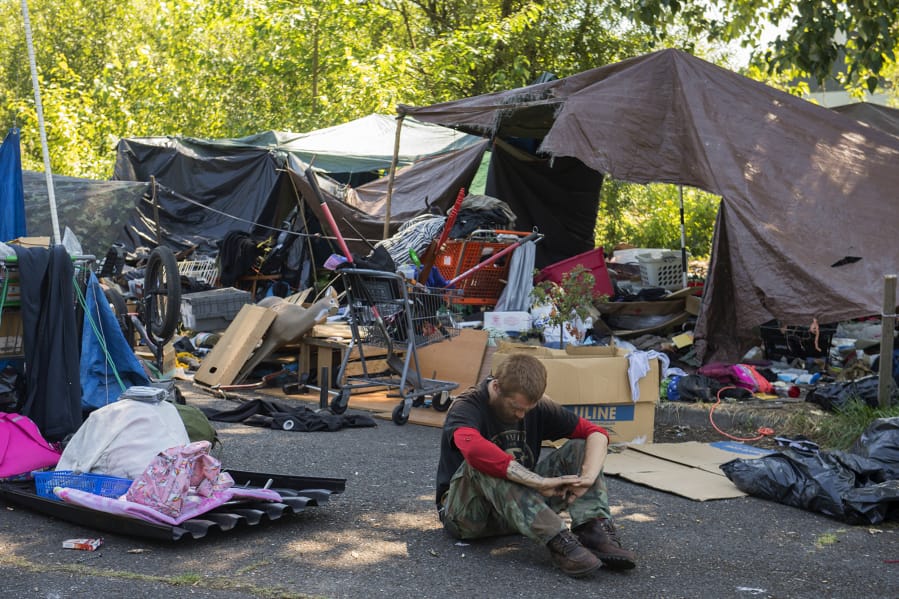An annual report on the state of homelessness in Clark County revealed that the number of unhoused people didn’t rise significantly during the COVID-19 pandemic, though seniors and people of color shouldered the brunt of the burden.
Homelessness in Clark County rose by just 0.7 percent in 2020, according to the report from the Council for the Homeless.
In a media release, Council Director Kate Budd said that marginal uptick wasn’t a coincidence – it was the result of a comprehensive effort from local organizations, as well as increased resources from the state and federal governments in response to the pandemic.
In total, 3,972 households encompassing 6,359 people in Clark County were homeless at some point in 2020. Of those, 65 percent identified as newly homeless.
One-third of those households included members who are Black, Indigenous and people of color. More than half of those who sought rental assistance – 51 percent – were also part of the BIPOC community.
“We cannot end homelessness in Clark County without addressing the systemic racism that leads to disproportionately higher rates of homelessness within the BIPOC community when compared to the percentage of representation in the general Clark County population,” Budd said in the media release.
The study found that Indigenous people are around five times more likely than their white counterparts to experience homelessness; Black and Pacific Islander people are eight times more likely.
“For too long we have failed our BIPOC neighbors. Our report underscores the urgent need to provide additional support for those most harmed by systemic racism in Clark County.”
Local residents over 55 years old also reported rising rates of housing insecurity. Last year, 868 Clark County seniors were homeless at some point, up from 606 just two years prior.
“Our seniors certainly deserve better treatment than to be living on the streets or in their cars,” Budd said. “The leap in seniors experiencing homelessness since 2018 signals a crisis is occurring among that population. Lack of affordable housing, especially for those on fixed incomes, is what we hear time and time again.”
That seniors and people of color were most susceptible to homelessness last year tracks with a broader pattern playing out across the country: older people and Black, Native and Latino people suffered the worst unemployment hit, and were significantly more likely to report serious financial problems at the start of COVID-19. Women of color were especially impacted.
The good news
One bright spot covered in the report: when the pandemic hit and Clark County’s unemployment rate tripled, homelessness did not follow suit. The rise, less than 1 percent, was nearly nonexistent.
According to Budd, renter funds played a huge role. In August, an Emergency Rental Assistance Fund became available to Clark County households that make less than half of the area’s median income. The program was funded by a U.S. Department of the Treasury grant funneled through the Washington State Department of Commerce.
The goal of that program, along with a statewide moratorium on residential evictions, was to keep people from slipping into homelessness in the first place.
Those who did become homeless also found more help last year, another upside of the increase in pandemic-related resources. Nearly twice as many households who sought a spot in an emergency shelter were able to find one – 89 percent, versus 46 percent in 2019.
“The many organizations that united to address homelessness stepped up to identify more safe housing options during 2020 than were available in 2019 – a tremendous community response to this problem,” Budd wrote in the report’s introductory statement.
The Council for the Homeless will hold a webinar on April 20 to discuss the takeaways from its annual report in more detail. To register, visit councilforthehomeless.org/community-education.




